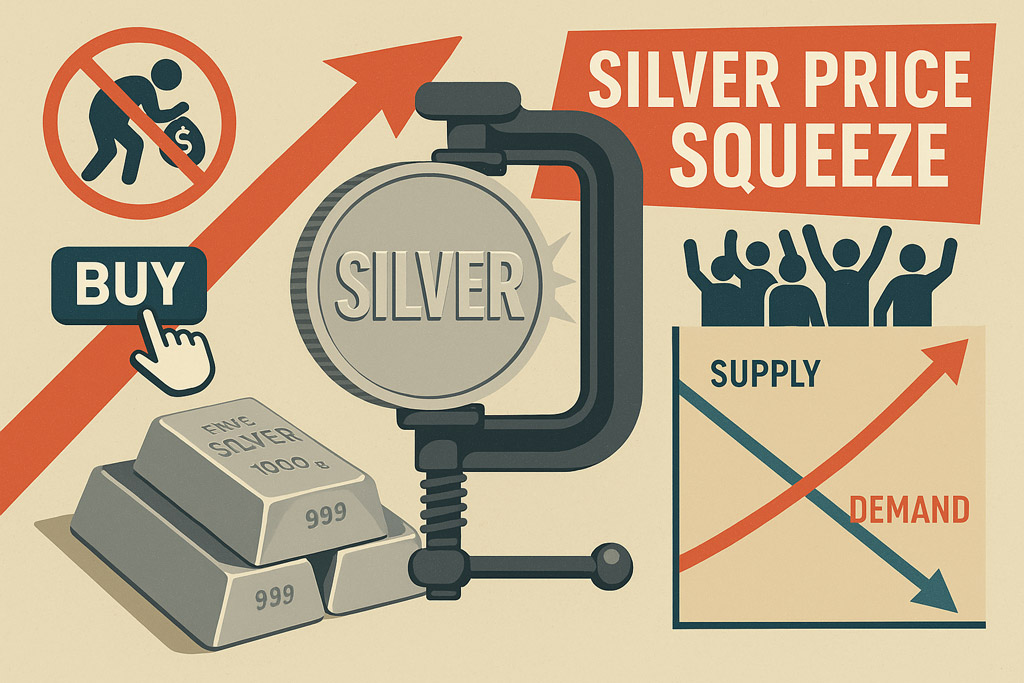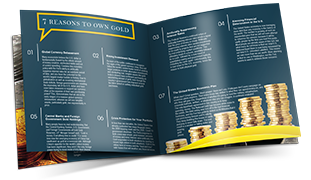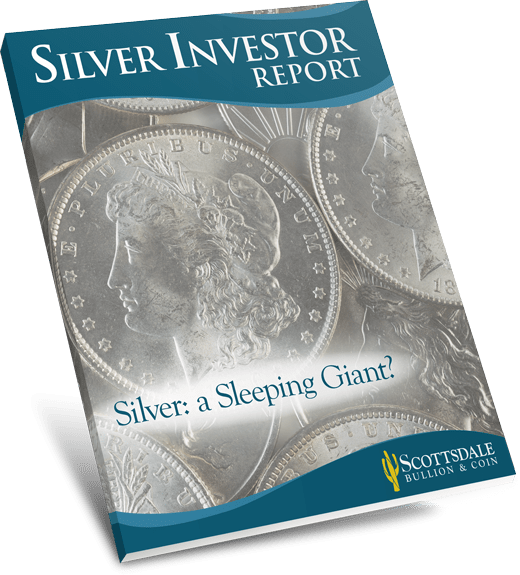 Silver is on the verge of a major squeeze, as entrenched supply deficits collide with surging demand from both industrial users and investors. David Stryzewski, CEO of Sound Planning Group, points to the growing disconnect between the gold-to-silver price ratio and the mining ratio, arguing that silver is significantly undervalued. He urges investors to watch silver’s “very precious” positioning—one that could signal higher prices ahead.
Silver is on the verge of a major squeeze, as entrenched supply deficits collide with surging demand from both industrial users and investors. David Stryzewski, CEO of Sound Planning Group, points to the growing disconnect between the gold-to-silver price ratio and the mining ratio, arguing that silver is significantly undervalued. He urges investors to watch silver’s “very precious” positioning—one that could signal higher prices ahead.
Silver Notches 14-Year High
Even in the shadow of gold’s record-shattering rally, silver has held its own with a significant 24% gain. Just last week, the shiny metal broke through a 14-year resistance level after crossing $35. This barrier was last shattered in 2011, which triggered a 36% surge in prices. If silver followed the same pattern today, it would climb past $47.
The Disconnect Between Price and Production
Although gold’s momentum is helping pave the way, deeper market conditions unique to silver are setting the stage for significant price growth. More specifically, Stryzewski sees the expanding rift between the gold-to-silver ratio and the gold-to-silver mining ratio as the clearest indicator of silver’s incoming rally.
The Climbing Gold-to-Silver Ratio
This popular indicator measures how many ounces of silver equal one ounce of gold in dollar terms. Currently, the gold-to-silver price ratio towers at 92:1, far above the 21st-century average of 70:1 to 50:1.
In other words, silver is trading at only 1% of gold’s value right now based on the market price ratio. This dramatic gap was even wider not long ago, when the gold-to-silver ratio hit a relative high of 100:1.
The Gold-to-Silver Mining Ratio
Conversely, the mining ratio compares the mining output of each metal. Right now, the gold-to-silver mining ratio stands around 6:1, which means miners produce roughly 6 ounces of silver for every 1 ounce of gold.
One of the major challenges limiting silver production is that nearly 72% of all silver is mined as a by-product of other metals, primarily copper, lead, and zinc, rather than from dedicated silver mines. This puts the shiny metal’s supply at the mercy of the production of other metals.
Why does the difference matter?
The stark difference between these two gold-to-silver ratios—92:1 in price vs. 6:1 in production—suggests the shiny metal is relatively undervalued compared to its golden counterpart. Namely, despite only 6 ounces of silver entering the market for every ounce of gold, it takes around 92 ounces of silver to equal gold’s price, a gap that signals a major market imbalance.
Demand Complicates the Equation
This growing disconnect is exacerbated by booming demand. Silver’s dual role as both an industrial and precious metal means steady demand regardless of macro conditions. However, a confluence of geopolitical instability and a green energy renaissance is boosting demand from both sources.
As silver mining struggles to break out of a holding pattern, overwhelming consumption has resulted in a major supply deficit. In fact, demand has eclipsed supply by around ~650 million ounces for four consecutive years.
The Silver Squeeze Is Coming
The growing distance between the gold-and-silver price and mining ratios, in tandem with an elevation in demand, has investors “walking into a silver supply squeeze.”
Stryzewski suggests that silver is so severely undervalued relative to its physical scarcity, and that this mismatch could trigger a dramatic price spike—aka a squeeze—as demand overwhelms available supply.
This prediction is shared by SilverSeek‘s Peter Spina, who sees an impending silver squeeze shooting prices to $100.



